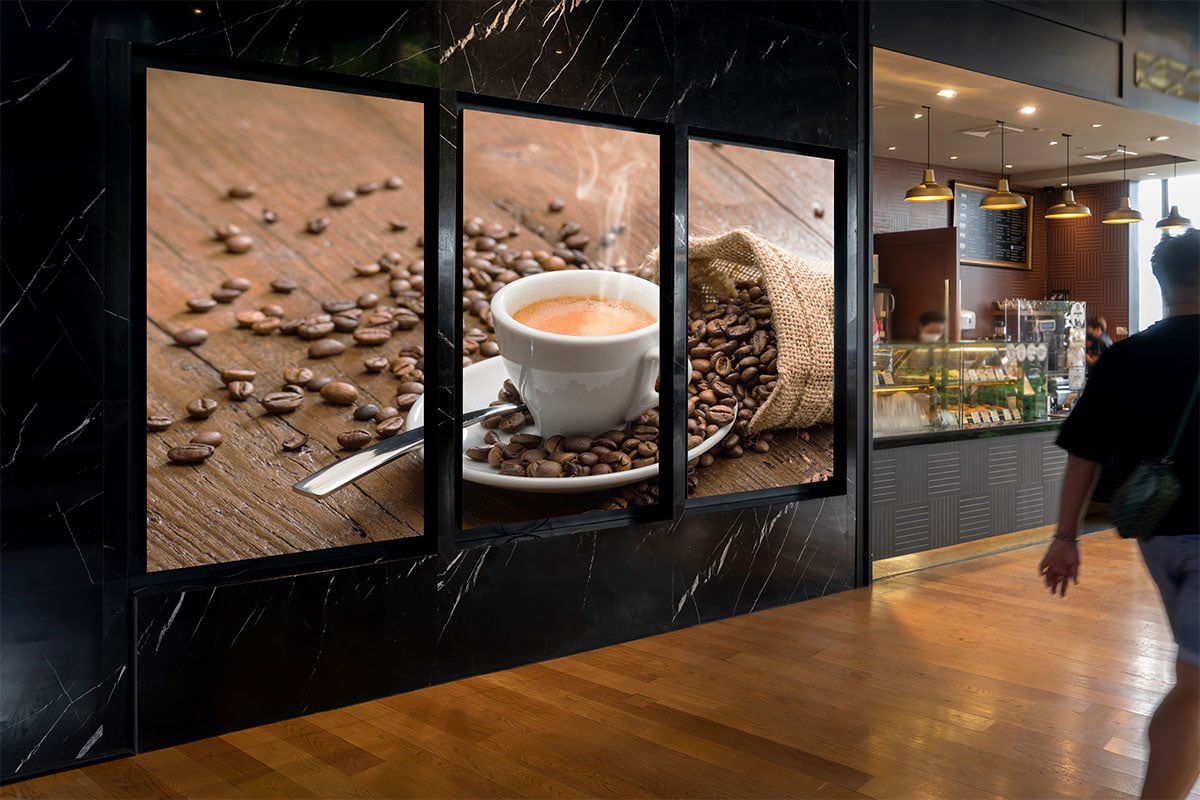Exploring the Longevity of Light Emitting Diode Display Panels in Contrast to Traditional Display Methods
LED wall panels have grown increasingly favored in current years, especially in environments like schools, corporate spaces, and community spaces. These panels use light-emitting lights (LEDs) to produce vivid and lively images. One of the most significant benefits of LED innovation is its longevity in contrast to conventional screen technologies, such as cathode ray monitors (CRTs) and liquid crystal displays. Grasping the distinctions in duration and performance between these technologies can assist buyers make knowledgeable decisions about their display requirements.
Classic display methods, like CRTs, have been present for many years. They were frequently used in televisions and PC screens. However, CRTs have a shorter duration, typically lasting approximately 10,000 to 20,000 hours of operation. This means that after a couple years, consumers may observe a decline in image clarity, such as dimming or hue distortion. In contrast, LED wall screens can last considerably longer, frequently exceeding 50,000 hours. This prolonged duration means that users can enjoy consistent functionality without the requirement for regular substitutions.
Another important aspect to take into account is energy conservation. LED panel panels utilize less energy than conventional screens, which not only benefits the environment but also lowers electricity costs. For instance, while a CRT screen may use approximately 100 watts of power, an LED screen can use as little as 30 to 50 W. This discrepancy in energy usage adds to the overall longevity of LED innovation, as lower energy consumption generates less thermal energy. Excess heat can harm electrical components, leading to a reduced duration for traditional displays.
In furthermore to their longer lifespan and energy conservation, LED wall panels also offer enhanced image quality. They provide more vivid hues and like this better contrast, making them ideal for multiple uses, from advertising to educational displays. The innovation behind LED screens enables for a wider sight perspective, meaning that images remain sharp and lively even when viewed from the side. This is a significant benefit over conventional screens, which often suffer from hue deformation and reduced brightness at wider perspectives.
In summary, the durability of LED wall panels compared to conventional screen methods is a key factor for buyers to consider. With lifespans that can exceed 50,000 hrs, power conservation, and enhanced image quality, LED technology provides many advantages. As innovation continues to progress, LED wall panels are probably to turn even more prevalent in various settings. Understanding these differences can assist people and entities make improved decisions when investing in display technology, ensuring they receive the optimal value for their needs.